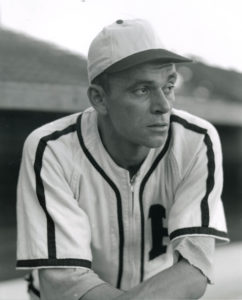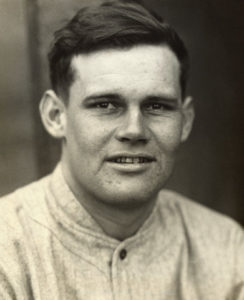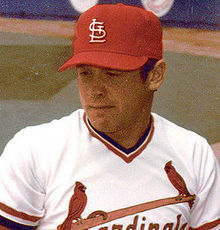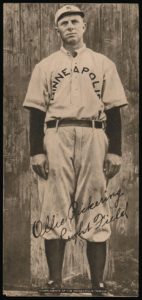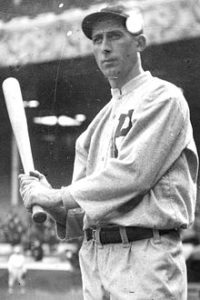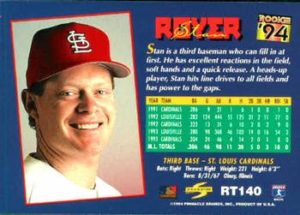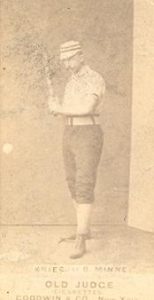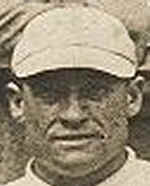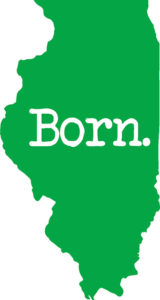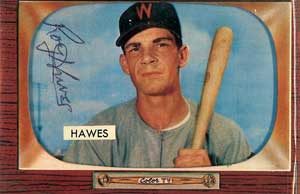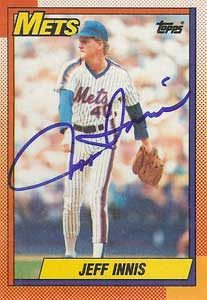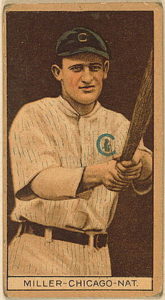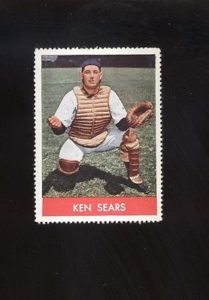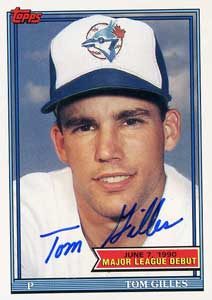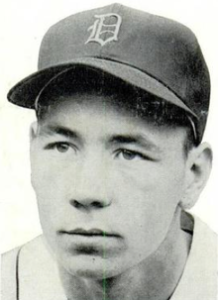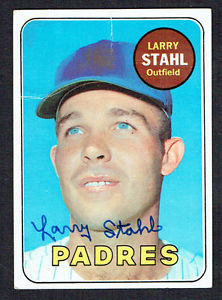TABLE OF CONTENTS for Previous Articles
Al Papai born May 7, 1917 in Divernon, Illinois. He made his first appearance in the major leagues on April 24, 1948 with the St. Louis Cardinals as a pitcher. In that game he came in to pitch the 9th inning with the Cardinals trailing 5-2. He got the first batter to groundout, then Hal Jeffcoat hit a homerun off of him. That was followed by a fly out, a walk and a caught stealing. Here is the BOXSCORE for that game.
He went on to play for the Browns, Red Sox and White Sox in his career. He was primarily a knuckleball pitcher. In his only major league full-season he went 4-11 with a 5.06 ERA for the helpless Browns. In parts of four seasons, he posted a 9–14 record with a 5.37 ERA in 88 appearances, including 18 starts, eight complete games, four saves, 70 strikeouts, 138 walks, and 239 ⅔ innings of work.His last appearance was September 1, 1955 with the Chicago White Sox. Papai died in Springfield, Illinois, at the age of 78.
Where is Divernon, Illinois? Divernon is a village in Sangamon County, Illinois, United States. The population was 1,201 at the 2000 census, and 1,131 at a 2009 estimate. It is part of the Springfield, Illinois Metropolitan Statistical Area.
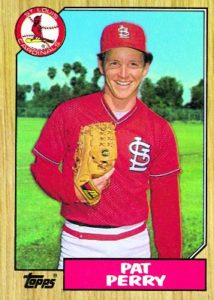 William Patrick Perry (Pat Perry) born on February 4. 1959 in Taylorville, Illinois. He made his debut in the major leagues as a lefthanded pitcher for the St. Louis Cardinals on September 12, 1985. In his debut he pitched four innings and allowed two hits with no walks and three strikeouts. BOXSCORE.
William Patrick Perry (Pat Perry) born on February 4. 1959 in Taylorville, Illinois. He made his debut in the major leagues as a lefthanded pitcher for the St. Louis Cardinals on September 12, 1985. In his debut he pitched four innings and allowed two hits with no walks and three strikeouts. BOXSCORE.
His last game was on September 30, 1990 with the Los Angeles Dodgers. In his career, he went 12-10 and a 3.46 ERA along with 131 strikeouts in six seasons.
Where is Taylorville, Illinois? Taylorville is a city in and the county seat of Christian County, Illinois, United States. The population was 11,427 at the 2000 census, making it the county’s largest city.
Emil John “Dutch” Leonard was born in Auburn, Illinois on March 25, 1909. He made his major league debut with the Brooklyn Dodgers on August 31, 1933. In that game he came in to relieve in the first inning after the starter gave up a ton of runs. He pitched 7.1 innings and allowed eight hits and four runs. BOXSCORE Leonard played for 4 different teams and was a 5-time All Star. In a 20-season career, Leonard posted a 191–181 win-loss record with 1170 strikeouts and a 3.25 earned run average in 3218 1⁄3 innings pitched. He was a six-time All-Star selection.
On July 4, 1939 Leonard pitched a complete game and the Senators defeated the New York Yankees in the first game of a doubleheader at Yankee Stadium. At the conclusion of the first game, Lou Gehrig delivered his famous “luckiest man on the face of the earth” speech.
During the 1945 season, Leonard was part of what was possibly the only four-man rotation in baseball history to have been all knuckleball pitchers. Reportedly, after facing Leonard, Jackie Robinson once said: “I am glad of one thing, and that is I don’t have to hit against Dutch Leonard everyday. Man, what a knuckleball that fellow has. It comes up, makes a face at you, then runs away.”
Leonard died on April 17, 1983 at the age of 74.
Where is Auburn, Illinois? Auburn is a city in Sangamon County, Illinois, United States. The population was 4,317 at the 2000 census, and 4,445 in 2009. It is part of the Springfield, Illinois Metropolitan Statistical Area.

